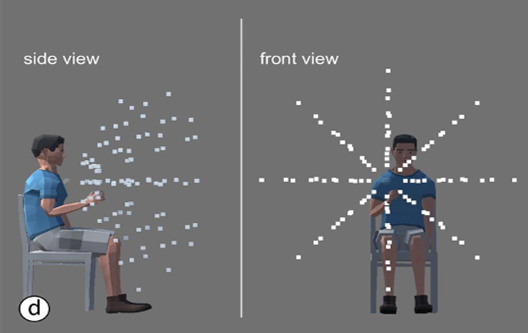Are You Sacrificing Creativity?
Engineers face complex design challenges daily. According to Antti Oulasvirta, professor of electrical engineering at Aalto University and the Finnish Center for Artificial Intelligence, designers rely on intuition, experience, and trial and error. However, this process can lead to ‘design fixation,’ homing in on familiar solutions while new avenues go unexplored. A ‘manual’ approach also won’t scale to larger design problems.
Oulasvirta and colleagues tested an alternative, computer-assisted method that uses an algorithm to search through a design space, the set of possible solutions given multi-dimensional inputs and constraints for a particular design issue. They think a guided approach could yield better designs by scanning a broader swath of solutions and balancing out human inexperience and design fixation.
The researchers set out to compare the traditional and assisted approaches to design using virtual reality. They employed Bayesian optimization, a machine learning technique that explores the design space and steers towards promising solutions. Forty novice designers took part in the VR experiment. The subjects had to find the best settings for mapping the location of their actual hand, which was holding a vibrating controller, to the virtual hand seen in the VR headset. Half of these designers were free to follow their instincts, and the other half evaluated optimizer-selected designs. Both groups chose three final plans that would best capture accuracy and speed in the 3D virtual reality interaction task.
The optimizer helped designers find better solutions, but they did not like being hand-held and commanded. They felt it destroyed their creativity and sense of agency. However, the optimizer-led process allowed designers to explore more of the design space than the manual approach, leading to more diverse design solutions. The designers who worked with the optimizer also reported less mental demand and effort in the experiment.
By contrast, this group also scored lower on expressiveness, agency, and ownership than the designers who experimented without a computer assistant.

